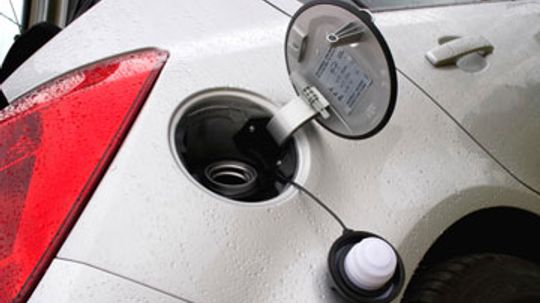\

Types of Fuel Saving Devices:
-
Aerodynamic Enhancements: These devices, such as streamlined body kits, air deflectors, and underbody panels, reduce drag and improve airflow around the vehicle, thus reducing fuel consumption.
-
Fuel Additives: These products claim to enhance fuel efficiency by altering the properties of the fuel, such as combustion efficiency or lubrication. However, their effectiveness varies, and it is crucial to choose reputable brands with scientifically proven results.
-
Electronic Fuel Injection Enhancers: These devices modify the signals sent to the vehicle's fuel injectors, aiming to optimize fuel delivery and combustion efficiency. However, their impact on modern vehicles with advanced engine management systems may be limited.
-
Ignition Enhancers: These devices alter the ignition timing to improve combustion efficiency, potentially leading to reduced fuel consumption. However, it is important to note that tampering with the ignition system may void vehicle warranties and cause long-term engine damage if not done correctly.
-
Tire Pressure Management Systems: Maintaining proper tire pressure is crucial for fuel efficiency. Tire pressure monitoring systems and tire inflators help ensure optimal tire pressure, reducing rolling resistance and improving fuel economy.
Effectiveness and Considerations: While fuel-saving devices may promise significant improvements in fuel efficiency, it is important to approach their claims with caution. Several factors should be considered:
-
Scientific Evidence: Look for devices that have undergone independent testing and have reliable scientific data to support their claims. Avoid devices with exaggerated or unsubstantiated claims.
-
Compatibility: Consider whether the device is compatible with your specific vehicle make and model. Some devices may work better with certain types of engines or fuel systems.
-
Maintenance and Cost: Evaluate the maintenance requirements and costs associated with the device. Some devices may require frequent recalibration or replacement, adding to the overall expenses.
-
Driving Habits: Remember that fuel-saving devices may have varying effects based on driving conditions, such as city or highway driving, and individual driving habits. Results may differ from one driver to another.
-
Vehicle Maintenance: Fuel efficiency can also be improved by regularly maintaining your vehicle, such as changing air filters, keeping the engine properly tuned, and using the recommended grade of motor oil.
Conclusion: Fuel-saving devices offer the potential to improve fuel efficiency and reduce environmental impact. However, it is crucial to approach them with skepticism and research their effectiveness and compatibility before making a purchase. Furthermore, adopting good driving habits, proper vehicle maintenance, and using reputable brands of fuel and additives can also contribute to better fuel efficiency and cost savings in the long run.